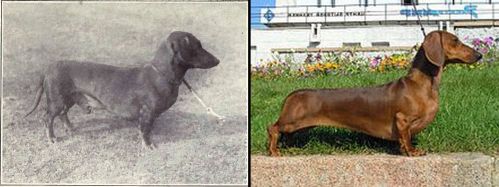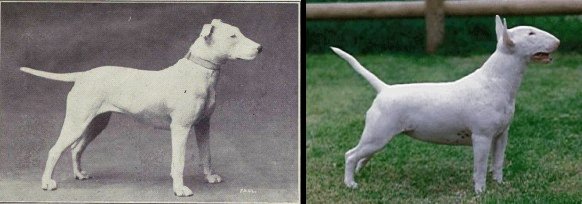Sorry, missed this as I became busy with the bees.
"Prolific" is a very loaded term; to Amm enthusiasts it appears to be one of the cornerstones of their practice, a rallying call, and a differentiator between what is right and what is wrong. Perhaps in the way that the terms "honey harvest" or "colony management" are for the 'natural' beekeepers.
The point of my interjection in this thread was to demonstrate that the paranoia over "prolific" bees is misplaced in current Amm thinking; that Cooper himself documented native type bees that exhibited levels of prolificacy that Amm enthusiasts now would decry as "hybridised".
In some ways, and speaking kindly, it therefore seems like we have come full circle. "Prolific" in Cooper-speak appears to refer to Ligustica - not slowing their brood rearing to match reducing temperatures or income. This is very different to the current, loaded, "prolific" in Amm world, which is seemingly shorthand for "more than one brood box".
I hope I have demonstrated that this is quite incorrect. It does question how much else of current Amm definition is a moving target, and whether that movement is based on reality or preference. Bear in mind the racial DNA analysis appears to use a small group of reference specimens chosen "because they exhibit native characteristics" ... chosen by whom and to what definition?!
Cooper comes across now as a very personable and persuasive man, and a very knowledgeable beekeeper, but with a strongly romantic view of the native bee. Rightly, he started by pointing out that the accepted lore (mostly traced back to Br. Adam) that Amm had died out with IoW disease was incorrect. The original concept of "village bees" (hence the original name of the Village Bee Breeders Association) was heavily romanticised, yet his descriptions were, on the whole, quite nuanced.
Sadly much of this nuance has been lost or rewritten by his later followers, and we end up with the current 'evolution' of the breed standard. And let's not get started on the wilful destruction of locally adapted Amm ecotypes by those who import Amm from Ireland, or the opposite end of the UK, and then pronounce them to be "native"...

Do you remember the hoo-haa about Crufts and pedigree breed standards a few years back? An interesting read
here as to the changes and problems incurred, a couple of images (1915 on the left, 2012 on the right) illustrate the moving goalposts:
I fear the same is happening with Amm, and only in the space of 40 years.





 that most Amm queens are usually happiest in single National brood box should not be used as a brush to tar them with.
that most Amm queens are usually happiest in single National brood box should not be used as a brush to tar them with. 



















































